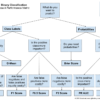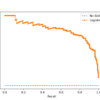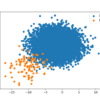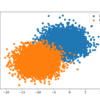A common mistake made by beginners is to apply machine learning algorithms to a problem without establishing a performance baseline. A performance baseline provides a minimum score above which a model is considered to have skill on the dataset. It also provides a point of relative improvement for all models evaluated on the dataset. A […]










